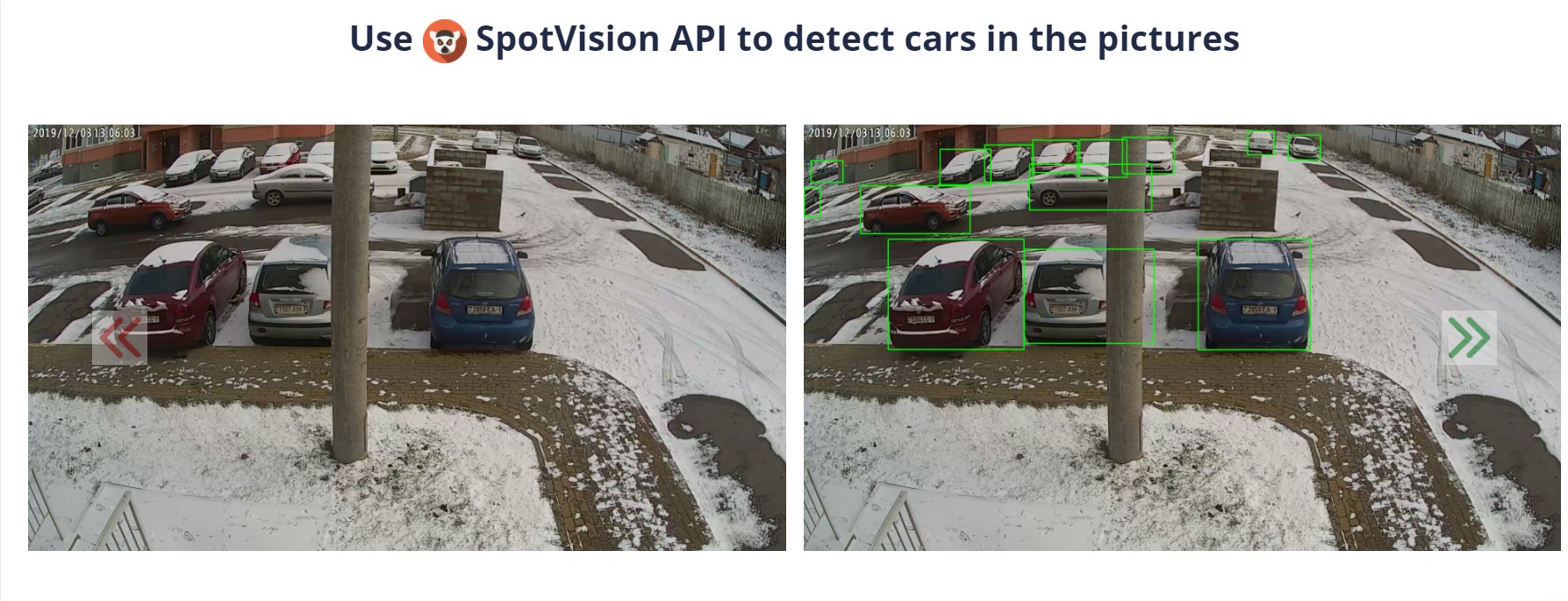The global artificial intelligence market is expected to reach over $200 billion by 2027. The big data market segment is anticipated to grow up to US$103 billion by 2027 with a share of 45% from the software segment. Similarly, the projected size of the global deep learning market will reach over $40 billion by 2027 at a CAGR of 39.2%.
Indeed, the implementation of technologies like data science, artificial intelligence, and machine learning in organizations has increased exponentially. In the last two years, during the pandemic outbreak, the technologies played a crucial role in saving lives and fostering economic resilience, showing many surprising trends.











